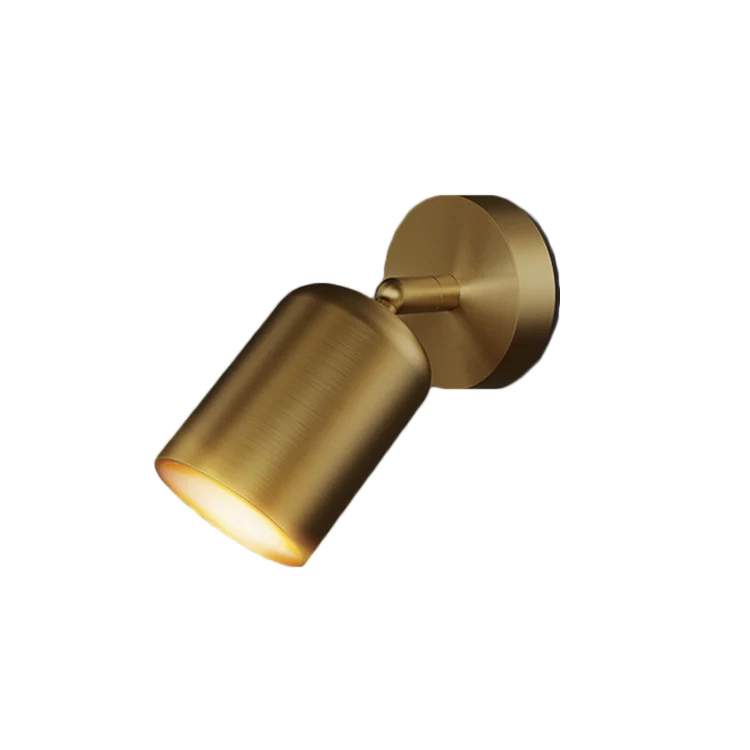LEAFLETS
PRODUCTS
Table Lamp Reading Solutions
The simple act of reading, a cherished pastime for millions, is deeply intertwined with the quality of light illuminating the page. A poorly lit space can lead to eye strain, headaches, and even hinder comprehension. This is where the humble table lamp steps in, transforming from a mere furnishing into a crucial component of a comfortable and productive reading experience. This exploration delves into the diverse world of table lamp reading solutions, examining the factors to consider when selecting the perfect light for your reading sanctuary.
Understanding the Importance of Good Reading Light
The human eye is remarkably adaptable, but even its resilience has limits. Reading under insufficient or improperly directed light forces the eyes to work harder, straining the ciliary muscles responsible for focusing. This strain manifests as fatigue, headaches, and blurry vision. Over time, consistent exposure to poor lighting can contribute to more serious eye problems. Conversely, appropriately chosen lighting enhances visual comfort, reducing strain and allowing for longer, more enjoyable reading sessions.
Beyond physical comfort, the right lighting impacts comprehension and focus. Glare from harsh overhead lights or reflections off glossy pages can be incredibly distracting, disrupting concentration and slowing down reading speed. Conversely, a well-directed, soft light minimizes glare and allows the reader to fully immerse themselves in the text.
Types of Table Lamps for Reading
The market offers a staggering variety of table lamps, each designed with specific functionalities and aesthetics in mind. Understanding these differences is key to making an informed choice. Traditional incandescent bulbs, while offering warm, inviting light, are less energy-efficient and generate significant heat. Halogen lamps offer a brighter, whiter light but share the energy inefficiency issue. Fluorescent lamps, once common, are being largely replaced by more efficient and versatile LED options.
LED table lamps have emerged as the dominant choice for reading, offering several significant advantages. They are energy-efficient, long-lasting, and available in a wide range of color temperatures, from warm whites mimicking incandescent bulbs to cooler, brighter whites that mimic daylight. Furthermore, LED technology allows for dimmer switches, enabling fine-tuning of brightness to perfectly suit individual preferences and ambient lighting conditions.
Choosing the Right Light Color Temperature
Color temperature, measured in Kelvin (K), significantly influences the ambiance and suitability of a lamp for reading. Lower color temperatures (2700K-3000K) produce a warm, yellowish light, similar to incandescent bulbs. This warm light is often preferred for relaxing evening reading sessions, creating a cozy and inviting atmosphere. Higher color temperatures (5000K-6500K) produce a cooler, bluish-white light, more similar to daylight. This brighter light can be beneficial for tasks requiring higher levels of concentration, but might be too harsh for prolonged reading sessions for some individuals.
The optimal color temperature for reading is a matter of personal preference. Experimentation is key. Some readers might find a warmer light more conducive to relaxation and focus, while others might prefer the clarity of a cooler light. Many modern LED lamps offer adjustable color temperature, allowing users to customize the light to their specific needs.
Brightness and Adjustability
Brightness, measured in lumens, is another crucial factor. A lamp that is too dim will strain the eyes, while one that is too bright can lead to glare and discomfort. The ideal brightness depends on several factors, including the size of the reading material, the ambient lighting, and the reader’s individual preferences. However, a generally recommended range is 500-1000 lumens for a typical reading lamp.
Adjustable brightness is a highly desirable feature. The ability to dim the lamp allows for customization based on time of day, ambient light conditions, and personal preference. A dimmer switch enables the creation of the perfect reading environment, adapting to changing needs and preferences throughout the day.
The Importance of Shade Design and Placement
The lampshade plays a crucial role in directing the light and minimizing glare. A well-designed shade will direct the light downwards, illuminating the reading material without casting harsh shadows or reflecting directly into the reader's eyes. Different shade materials and designs affect light diffusion and direction. Opaque shades provide focused light, while translucent shades diffuse the light more evenly.
Lamp placement is equally vital. The lamp should be positioned to the side of the reading material, preventing shadows from obscuring the text. The light should be directed onto the page, not directly into the eyes. Experiment with different positions to find the most comfortable and effective setup.
Considering Your Reading Environment
The ideal table lamp reading solution also considers the surrounding environment. A bedroom might benefit from a warm, softly lit lamp to encourage relaxation, while a study might require a brighter, more focused light for intensive reading sessions. The size and style of the lamp should also complement the overall décor of the room, ensuring a harmonious and aesthetically pleasing reading space.
In conclusion, selecting the perfect table lamp for reading involves careful consideration of various factors: color temperature, brightness, adjustability, shade design, and placement. By understanding these elements and prioritizing comfort and visual well-being, readers can create a lighting environment that enhances their reading experience and protects their eyesight for years to come. The right table lamp is more than just a source of illumination; it’s an investment in a more enjoyable and comfortable reading journey.
SUBSCRIBE
INQUIRY










